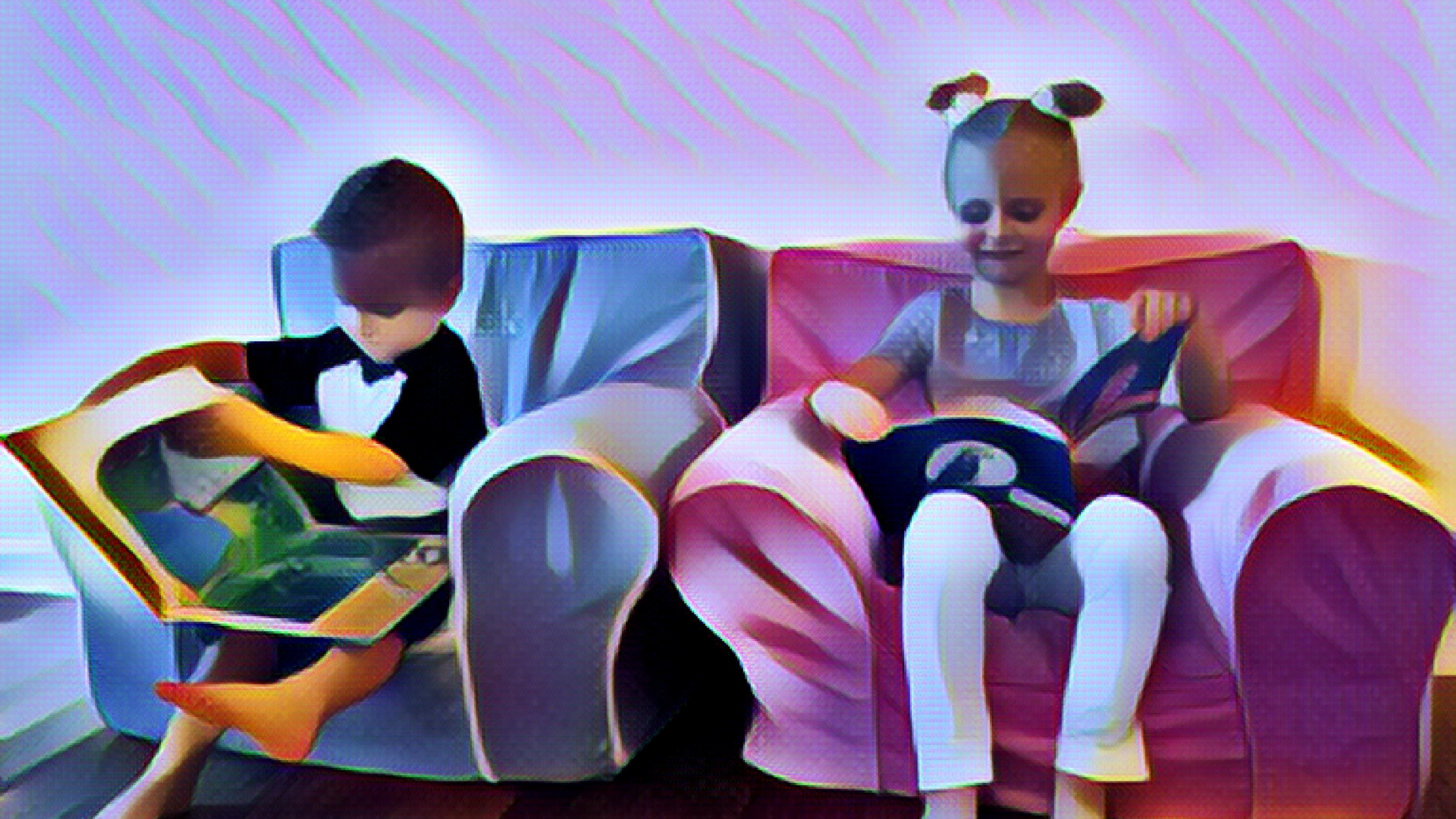Hannah is eight years old; her brother Jack is six. They may
be reading different stories these days, but if there’s a chapter book that
still has illustrations, they are both on board to find out more. This time it’s
Colton’s Time Machine.
The series by Rebecca Massey has many published stories that
also seem to correlate with her other series, Colton’s Pocket Dragon.
The story’s main character invented his own time machine,
and in book two he travels to visit Abraham Lincoln, Thomas Edison and the
Wright Brothers. Hannah and Jack have not read any previous books in the two
series, so the abrupt beginning already left them with many questions. Colton and
a girl named Zinnia begin the story with a conversation that leads Colton to
picking up his history book and deciding on where he wanted to travel to next.
It is not clear to them that Zinnia is a character from earlier books so they
wonder who she is and how she fits into the story.
By the time they get to chapter three, they are given a
description of writing a note on a typewriter – something they have never seen
before – and a place called Dragon Land. Another indication of something they
missed in previous books, but still something they wanted to know more about.
More characters are introduced – Bowie, Anayis, Kolta, Iggy, Skylar and Tansy –
that are not given a full introduction but can be assumed that they are
dragons. At one point there are characters named Sparkle, Akia, Tickle and
Coleen that aren’t introduced at all but are quoted which does not help them
understand the storyline.
Jack, who notices all the best parts of illustrations, asked
why the pictures were where they were. In chapter one, an illustration of
Colton gluing paper to the wall is on the first page despite that part of the
story not being told until two pages later. At the end of chapter three, an
illustration of Colton reading a book with Abraham Lincoln is placed before the
chapter dedicated to that part of the story. He is not a fan of having to flip
back the pages to see the illustrations and loses interest quickly.
Hannah noticed something entirely different – the way it was
written. She noticed the pauses that came when stumbling upon many spelling or
grammatical errors. She also noticed the heavy use of the word “then.”
“It says that he did this then he did this then he did this
and the sentences are too long,” she said.
She also lost interest quickly and decided to put the book
down before the end of chapter four.
Colton’s Time Machine
might be an easier read if there is a better understanding of the rest of the
series and clearly shouldn’t be read out of order. It was not Hannah and Jack’s
favorite story, but maybe they can come back to it once they have the full
series.




